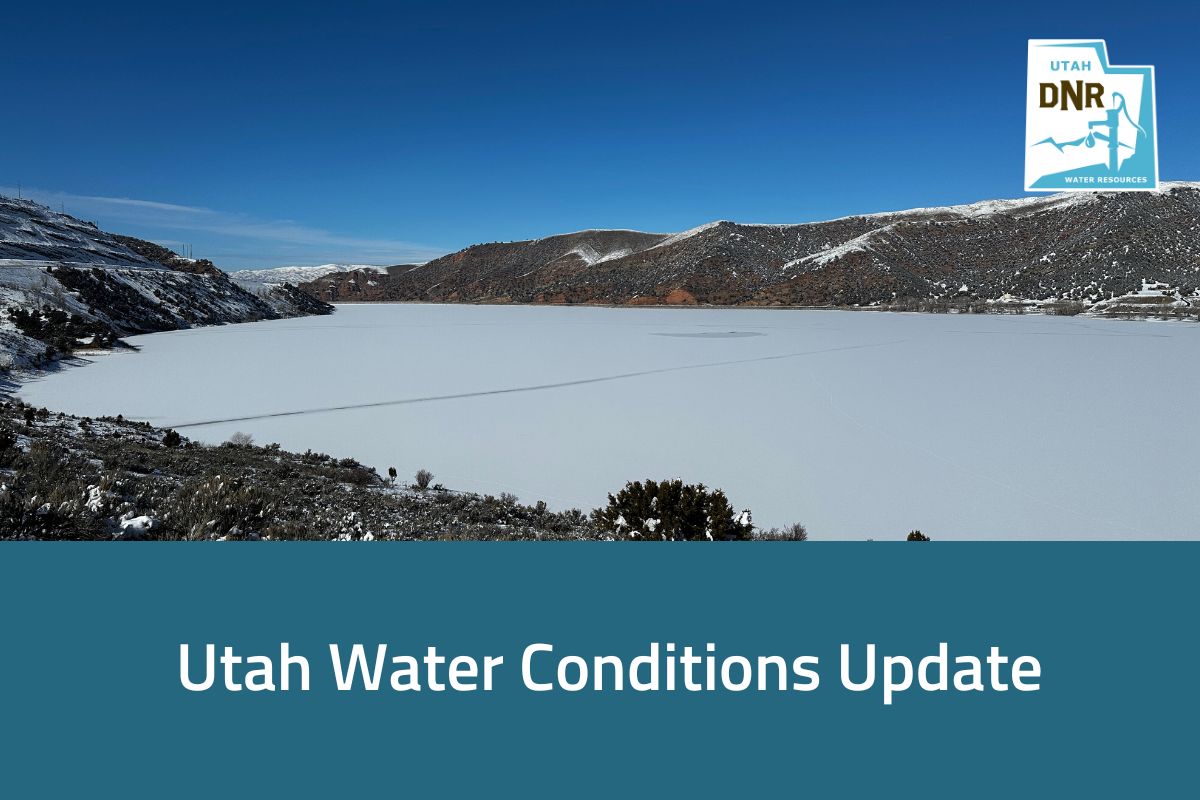SALT LAKE CITY (Feb. 15, 2024) – As we enter mid-February, Utah’s water supply exhibits promising signs of resilience and abundance. The state’s snowpack, consistently above normal levels for most regions, sets an optimistic tone for water conditions.
“Above-normal snowpack is a significant win for our state as a whole, especially with our rocky start,” Candice Hasenyager, director of the Division of Water Resources, said. “It positions us well for the coming months and emphasizes the positive impact of recent weather patterns.”
Statewide, reservoirs are currently at an impressive 82%, marking a stark contrast to a year ago when reservoirs were less than 50% full. This reinforces the importance of our water storage infrastructure. Continued conservation ensures reservoirs have an adequate water supply during times of drought. As one of the driest states in the nation, we never know what each year will bring.
January storms played a vital role in boosting the state’s snowpack, with southern Utah experiencing particularly significant benefits. Soil moisture remains in a positive position. This, coupled with an above-normal snowpack and robust reservoir levels, positions the state favorably as we progress through winter. As noted in NRCS’s February 1st Water Supply Outlook Report for Utah, every major watershed in Utah received above-normal precipitation in January.
“The recent storms have benefited the state as a whole and have significantly contributed to addressing water supplies in southern Utah,” Hasenyager said. “This, coupled with high reservoir storage, is good news, but we still need to use our water wisely to help preserve our water supplies.”
To encourage water conservation among Utahns, the Department of Natural Resources continues to promote initiatives such as the Agricultural Optimization Program for farmers and SlowtheFlow.org for residents. These programs aim to educate and incentivize water-saving practices, ensuring Utahns become more drought-resilient and prepare for future conditions.
# # #
For more information, contact Michael Sanchez, public information officer, at 385-226-8967 or email msanchez@utah.gov.




